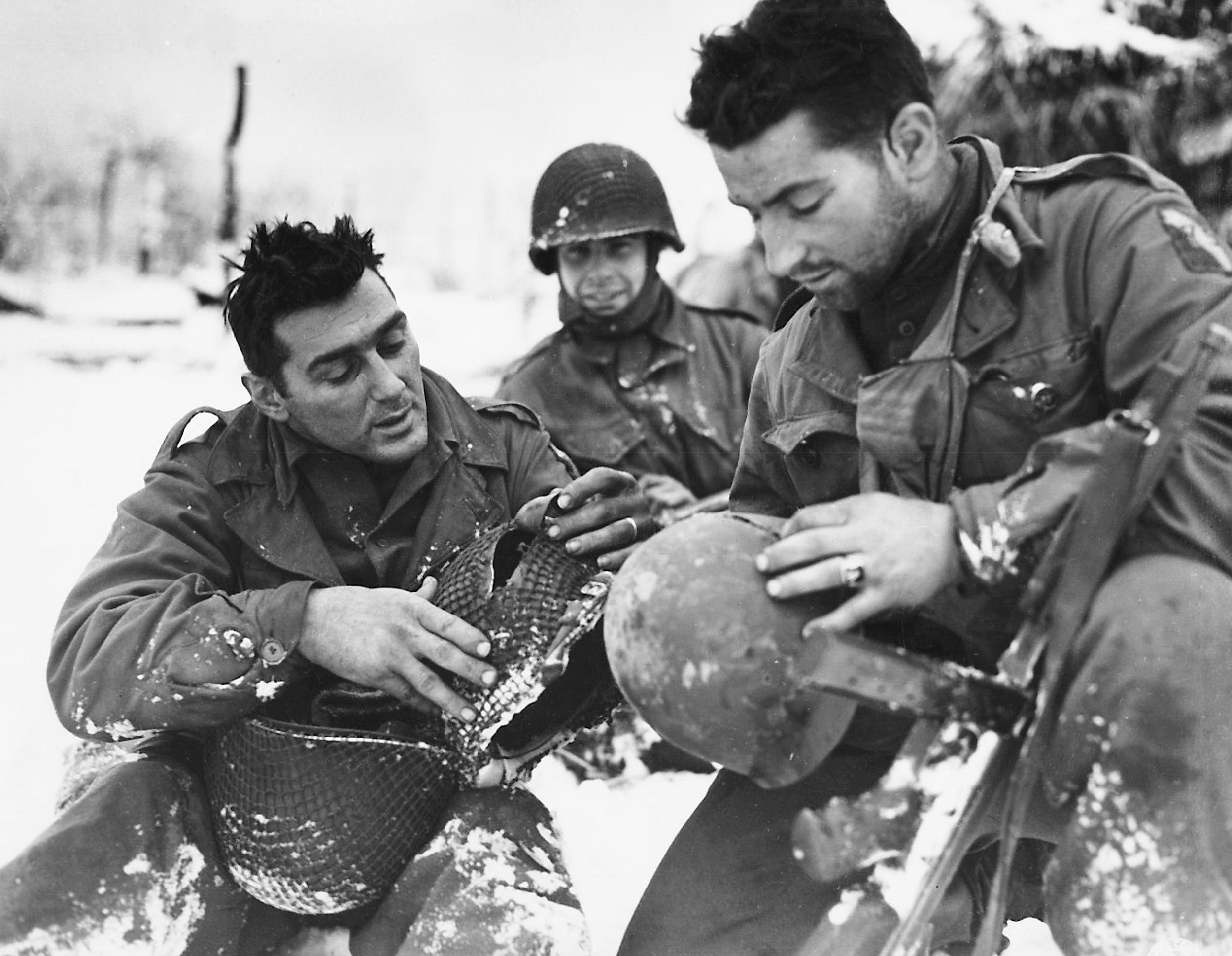
The Battle of San Pietro
This short propaganda film, commissioned by the US War Department, surprisingly manages to dodge the pitfalls of its genre. Huston avoids both a triumphal approach and epic narration, the staple food of films produced by the Army during World War II. What we see are battle scenes in which the Americans do indeed defeat the Germans, but Huston has the honesty to reveal the cost of victory: wounded soldiers, mutilated soldiers, bodies being placed in unmarked bags. Perhaps this is why the Army hesitated so long before releasing the film. After the film was finished, it took a year for THE BATTLE OF SAN PIETRO to be seen, and even then only by a limited number of viewers. From the producers’ point of view this censorship is perfectly understandable, even legitimate. When at war, the last thing one wants is reality stripped of frills. The most beautiful scene in the film (and in my opinion one of the most beautiful in the history of non-fiction cinema) shows the inhabitants of San Pietro returning to their houses after the battle. The scene is anti-epic, anti-triumphant and anti-heroic, as if Huston is saying that in the end beauty is not the exception – the battles and the victories - but the attempt to make the world return to normal. João Moreira Salles